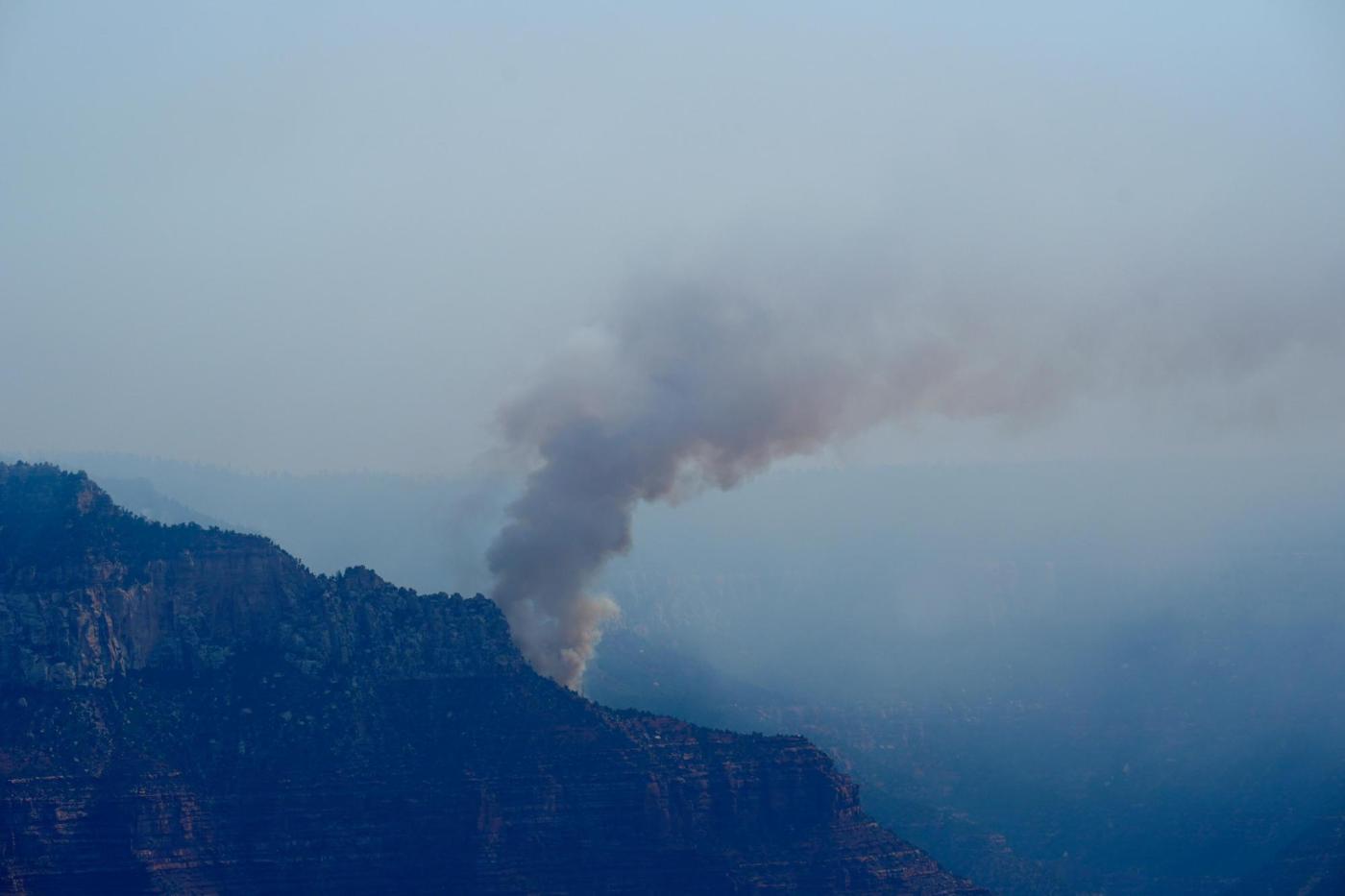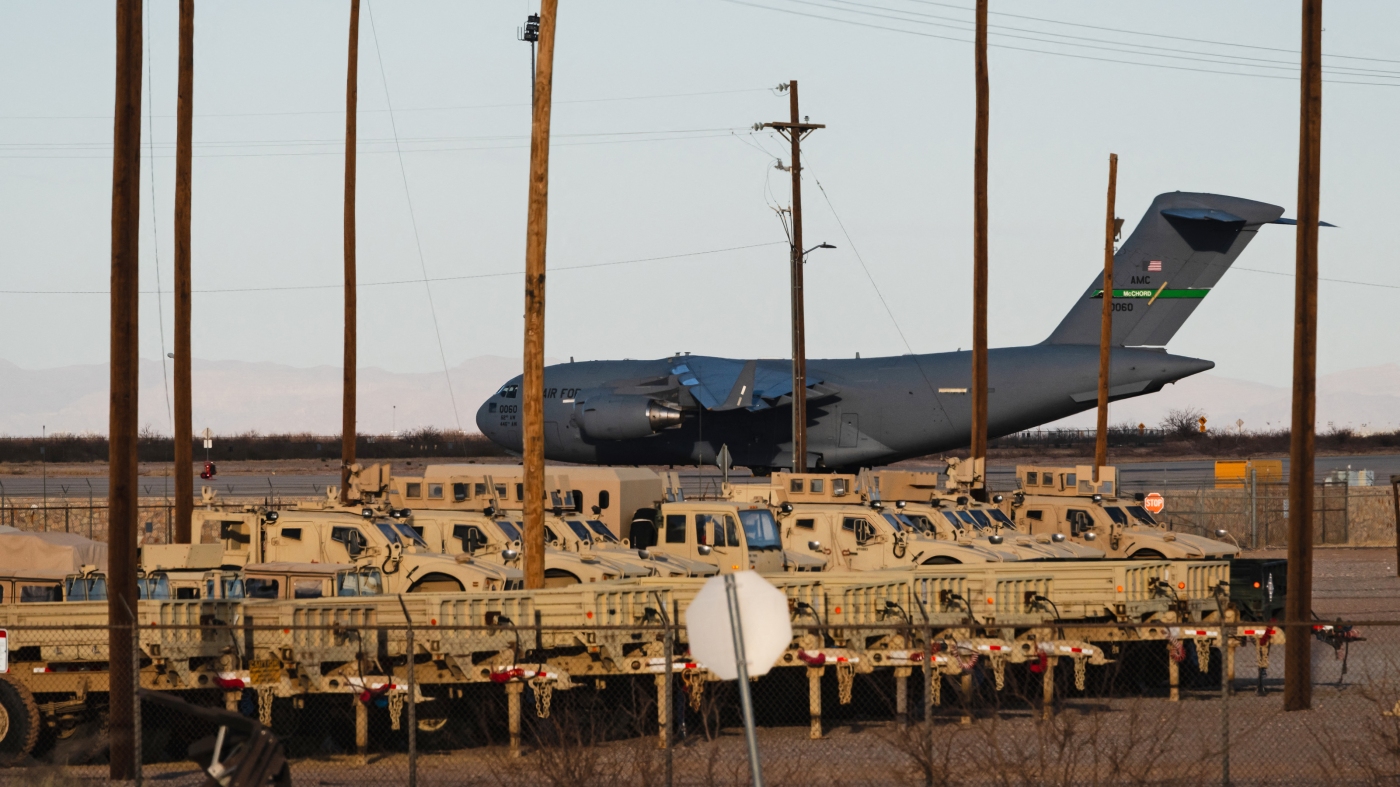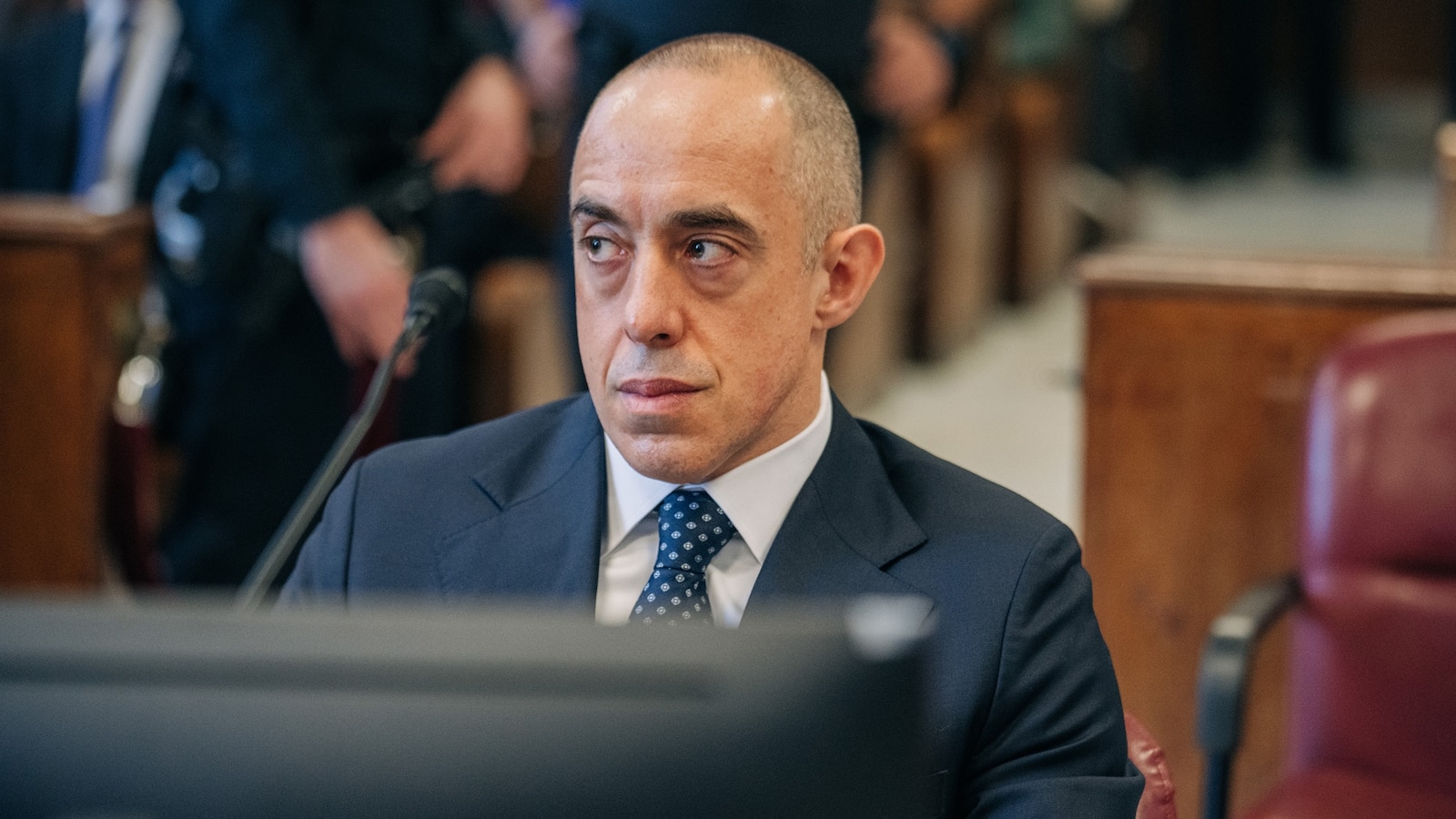Wildfires Rage Near Grand Canyon, Historic Lodge Destroyed

URGENT UPDATE: A devastating wildfire has ravaged the historic Grand Canyon Lodge and a visitor center, prompting fire crews to urgently protect nearby cabins and structures. The Dragon Bravo Fire, ignited by a lightning strike on July 4, 2025, has already destroyed dozens of cabins, leading to immediate evacuations in the area.
Firefighters are battling two wildfires on the North Rim of Grand Canyon National Park, which have scorched over 90 square miles—an area more than double the size of the entire Walt Disney World complex in Florida. As of Tuesday afternoon, officials reported that the White Sage Fire, the larger of the two, has expanded significantly overnight, but crews are optimistic about slowing its spread.
Tourists at the South Rim witnessed alarming smoke plumes billowing into the sky, obscuring views of the canyon. Visitor Christi Anderson, who had shifted her plans to the South Rim, described the scene: “By the afternoon, it was completely socked in. You couldn’t see anything, none of that. It was crazy.”
The Dragon Bravo Fire has raised critical questions regarding the National Park Service’s initial handling of the blaze. Initially allowed to burn to benefit the land, the fire erupted, forcing officials to issue immediate evacuation orders as it grew nearly eightfold within a day. Arizona Governor Katie Hobbs has called for a federal investigation into the response, emphasizing the need for accountability.
As of July 15, both fires had not been contained, with the Dragon Bravo Fire covering nearly 13 square miles and the White Sage Fire charred approximately 81 square miles. Access to the North Rim has been completely closed, with evacuations ordered for hikers and rafters along the Colorado River. Park officials are also closing trails leading to the area due to the escalating danger.
Firefighters have utilized aerial fire retardant drops near the lodge but faced setbacks when a chlorine gas leak at a nearby water treatment facility forced them to pull back. Authorities are committed to continuing their efforts to contain the flames, but the ongoing high winds present a significant challenge.
Experts note that the Grand Canyon’s fire management practices, which typically emphasize using fire to improve land health, have proven effective in the past. Andi Thode, a fire ecology professor at Northern Arizona University, highlighted how previous burns reduced fire behavior in certain areas, creating a more resilient landscape.
As the situation continues to evolve, officials urge residents and visitors to stay alert and follow evacuation orders. The National Park Service has been contacted for further comments regarding their fire management strategies and the unfolding situation.
Stay tuned for updates on this developing story as authorities work to combat the ongoing wildfires threatening the Grand Canyon and its historic structures.






